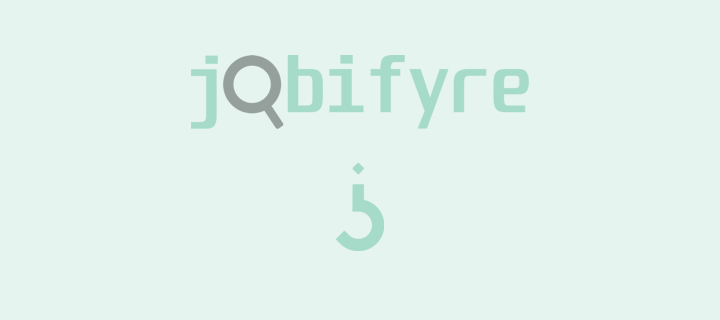Best Practices for Writing Clean and Maintainable Code in 2025

Clean and maintainable code isn't just about making your program work it's about making it understandable, scalable, and easy to improve over time. Writing clean code saves developers time, reduces bugs, and helps teams collaborate more efficiently. This guide outlines the key best practices every developer should follow to keep their code elegant, organized, and future-proof.
Writing code is easy; writing clean and maintainable code takes discipline. In 2025, as development teams grow more distributed and systems become increasingly complex, clean code has become a critical skill. It’s not just about style it’s about building software that others can read, understand, and extend with confidence. Below are the best practices to help you achieve that.
-
Follow a Consistent Coding Style
A consistent coding style ensures that all developers on a project can understand each other’s work. Use style guides (like Google or Airbnb style guides) or a formatter such as Prettier for JavaScript or Black for Python. Consistency matters more than personal preference clean code looks like it was written by one person. -
Use Meaningful Names
Variables, functions, and classes should describe what they do. Avoid vague names liketemp,data, orstuff. Instead, use descriptive identifiers likeuserProfile,calculateTaxRate, ororderRepository. A well-named function often eliminates the need for additional comments. -
Keep Functions Small and Focused
Each function should do one thing and do it well. If a function exceeds 30–40 lines or tries to handle multiple responsibilities, split it into smaller, reusable components. The Single Responsibility Principle (SRP) from SOLID design is key here. -
Avoid Code Duplication
Duplicate code increases maintenance costs and the chance of bugs. Reuse existing functions or create shared utility modules instead of copying logic. Follow the DRY (Don’t Repeat Yourself) principle. -
Comment Wisely
Good code explains itself through naming and structure. However, comments are useful when explaining why something is done a certain way, especially if it’s not obvious. Avoid redundant comments like:
Instead, explain reasoning or intent, e.g.
-
Structure Your Project Clearly
Use a logical folder and file structure. Separate concerns: keep API routes, business logic, and data access layers independent. Consistent organization helps onboard new developers faster and reduces confusion. -
Write Tests (and Run Them Often)
Testing ensures code behaves as expected and allows safe refactoring. Start with unit tests, then add integration and end-to-end tests. Use testing frameworks like JUnit, PyTest, or Jest. Clean code without tests is fragile tests are the foundation of maintainability. -
Use Version Control Properly
Commit changes frequently with clear messages that explain why something was done. Organize branches logically (e.g.,feature/login-system,fix/payment-bug). Review pull requests carefully to maintain code quality and consistency. -
Embrace Code Reviews
Peer reviews are not just for catching bugs they’re for sharing knowledge and improving readability. Encourage respectful and constructive feedback. Every review should aim to make the codebase stronger, not to criticize individuals. -
Refactor Regularly
Refactoring keeps your code healthy. As systems evolve, logic that once made sense can become outdated. Regularly revisit and simplify your code, removing dead logic or optimizing structure. Tools like SonarQube or ESLint can help identify areas for improvement. -
Handle Errors Gracefully
Clean code anticipates failure. Use proper exception handling and informative error messages. Avoid silent failures log meaningful details that help debug issues without overwhelming logs. -
Document Your Codebase
Even clean code benefits from documentation. Use tools like Swagger, Doxygen, or JSDoc to generate API documentation automatically. Maintain a conciseREADME.mdexplaining how to set up and run your project. -
Optimize for Readability, Not Cleverness
Readable code always beats “smart” but confusing code. If a developer needs ten minutes to understand your logic, it’s not clean. Simple, explicit code communicates intent better than complex one-liners. -
Automate Where Possible
Automated tools for linting, testing, formatting, and deployment help maintain consistency and quality. Integrate CI/CD pipelines (e.g., GitHub Actions, GitLab CI) to enforce standards automatically. -
Think Long-Term
Code lives longer than expected. Write as if the next person maintaining it will be a complete stranger or future you. Anticipate change and build flexibility into your architecture.
Clean, maintainable code is about clarity, simplicity, and empathy understanding that others will need to work with your code someday. By following these practices, you’ll create software that lasts, scales, and reflects true professional craftsmanship.
